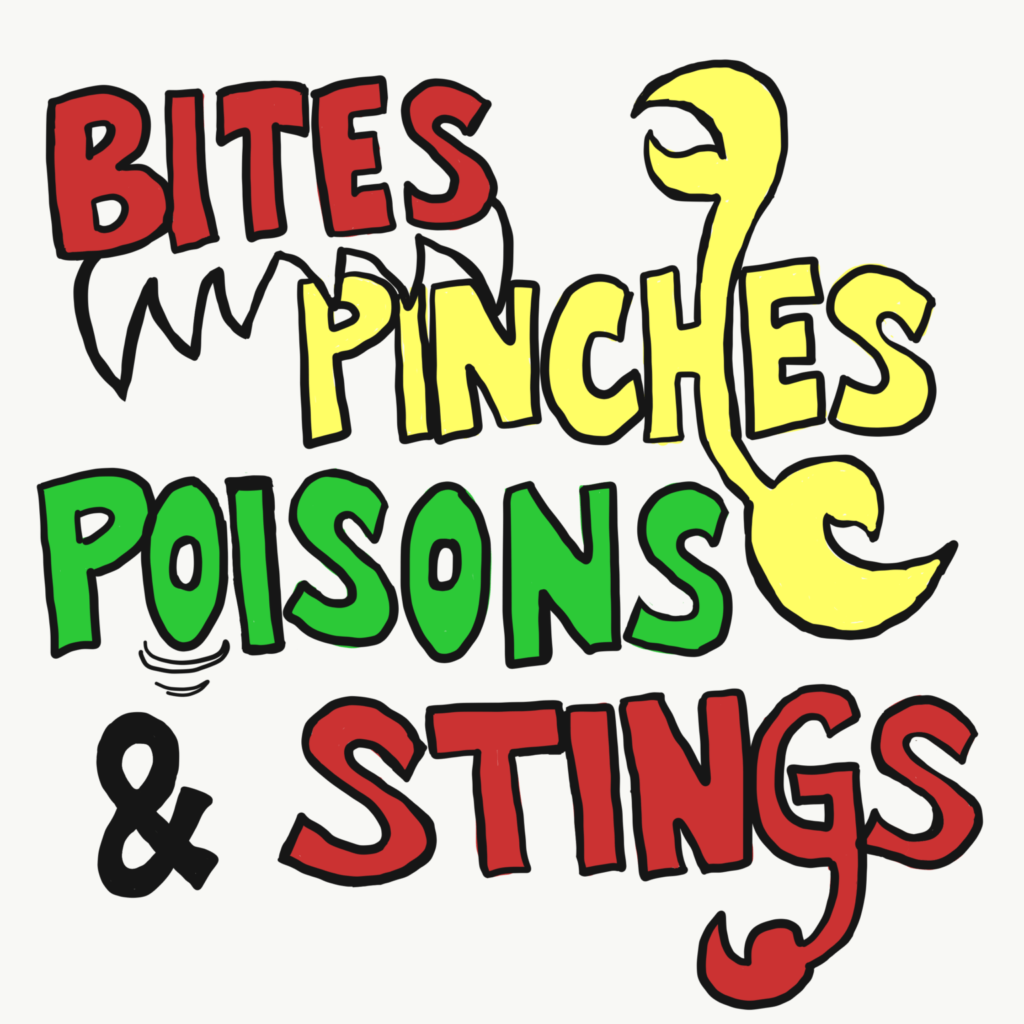The iron cross blister beetle (Tegrodera aloga) is a medium-sized beetle native to North and Central America. They have bright red heads, yellow-orange bodies, and black legs. Their name comes from the dark cross-shaped markings on their wings, and the peculiar way they defend themselves.
When disturbed, these beetles can crack a joint in their legs and release a chemical called cantharidin. This chemical causes blisters in humans and animals alike and deters predators from handling or eating the beetle. Though the blister may irritate a human, it will not cause lasting harm. To other, smaller predators, the chemical may be toxic.
These beetles inhabit dry areas and are typically found west of Arizona. They inhabit loose soils, and may take up residence in the nests of other ground-dwelling insects. Blister beetles primarily feed on plant leaves.
Learn more about iron cross blister beetles and other creepy, crawly critters in Anniston Museum of Natural History’s temporary exhibit, Bites, Pinches, Poisons, and Stings.

